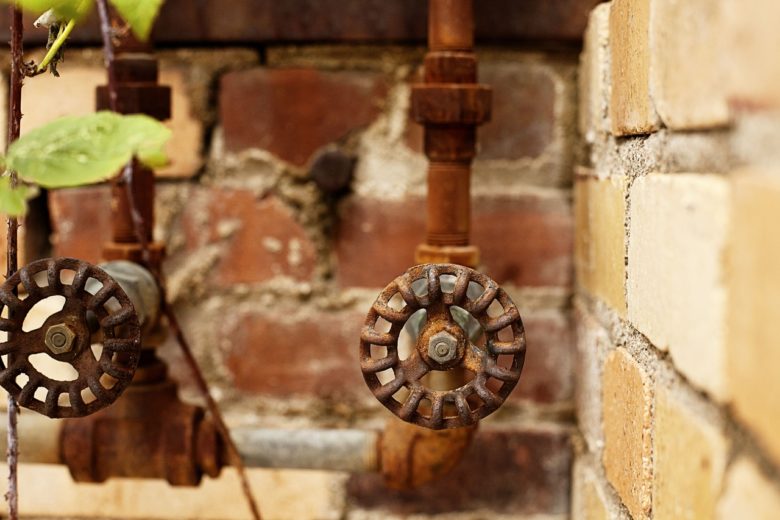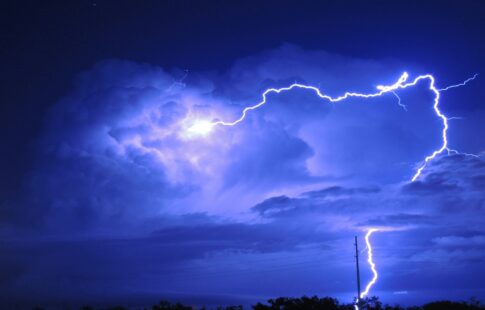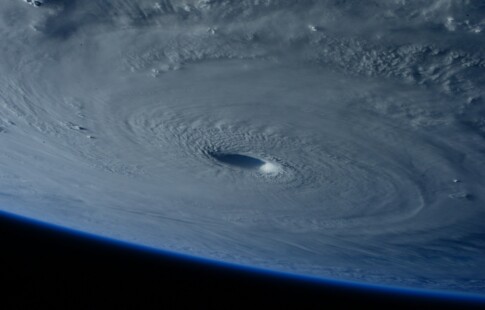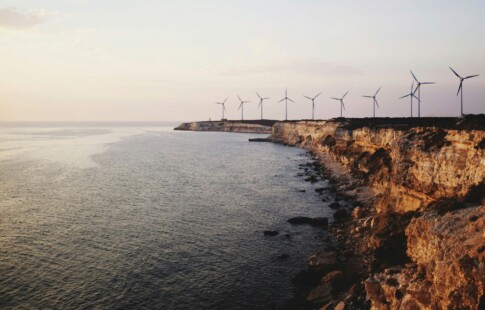
Reclaimed Water May Be One of the Biggest Focuses of Wastewater in 2019
We are reader-supported. When you buy through links on our site, we may earn affiliate commission.
As the global population grows and droughts hit many areas of the world, governments, businesses and individuals are looking for ways to ensure access to water. Reclaimed water is a major focus of these efforts and will likely get even more attention in 2019.Reclaimed or recycled water is used more than once before being released back into the environment. It could refer to wastewater, stormwater, runoff and water from other sources. Depending on where it comes from and its intended use, the water may undergo treatment before reuse.
You can use reclaimed water for nearly any purpose as long as it’s treated adequately. You can use it to water farms, lawns and golf courses. Companies can apply it in their manufacturing processes. It can be used to fill lakes and fight fires. It can even be used as drinking water, although that requires more intensive treatment.
Reclaimed Water Use in 2019
Reclaimed water makes up a relatively small portion of what we use today, but its popularity is growing. Bluefield Research projects that investments in municipal reuse will reach $21.5 billion from 2017 to 2027. California, Florida, Texas and Colorado represent a significant portion of those investments, but 17 states have decided to invest in water reuse as part of their long-term water supply strategies.
As water reuse grows in popularity, it’s starting to get more high-level attention. The U.S. Environmental Protection Agency recently announced that it is developing a Water Reuse Action Plan. The EPA will work with the water sector, as well as federal and state government agencies, to develop and implement the plan. The agency is scheduled to release a draft of the program for public review in September.
Advantages of Using Reclaimed Water
Recycling water has many potential benefits that make it a popular water supply strategy. Because it makes water easier to conserve, recycling is an ideal solution for water scarcity. It can also help ensure people get the water they need.
Whether there is a drought or not, reusing water is environmentally beneficial because it alleviates some pressure on freshwater sources and natural systems. It can also help to prevent pollution by reducing the amount of wastewater that gets released into the environment. This is important because today, an estimated 80 percent of wastewater gets discharged into natural systems without treatment.
Reusing water can be more cost-effective than even traditional options, especially for companies that can use the same water multiple times with minimal treatment. According to Bluefield Research, reclaimed water supplies now cost an average of $3.60 per 1,000 gallons in the United States. Traditional water sources cost an average of $3.90 per 1,000 gallons, while water from seawater desalination plants costs an average of $5.15 per 1,000 gallons.
Barriers to Reclaimed Water Use
One of the major obstacles to reclaimed water use is public perception. A lot of people have trouble getting over the idea that the water is gross when coming from wastewater or sewage. It’s understandable that people can’t shake the feeling of disgust.
Studies by Paul Rozin, a psychologist at the University of Pennsylvania, and Brent Haddad, a water resources economist from the University of California Santa Cruz, have come up with several strategies for helping people overcome this feeling.
One is to explain that all water is recycled through natural processes. Treated wastewater from sewage plants simply gets poured into rivers and added back into the natural water cycle. Another is to explain how the water treatment process works. Even more helpful is adding an extra step in which the treated water gets added back into a natural stream or aquifer before being pulled back out for retreatment. Although this step isn’t necessary, it helps people separate the water from its past existence as wastewater effluent.
Another strategy is providing examples of other people who drink recycled water. It’s how astronauts get a lot of their hydration, for instance.
Because we recycle so little of the water we use, reclaimed water has massive potential. It could help us ensure reliable water supplies in a cost-effective, safe and environmentally friendly way.
Share on
Like what you read? Join other Environment.co readers!
Get the latest updates on our planet by subscribing to the Environment.co newsletter!
About the author
Jane Marsh
Starting from an early age, Jane Marsh loved all animals and became a budding environmentalist. Now, Jane works as the Editor-in-Chief of Environment.co where she covers topics related to climate policy, renewable energy, the food industry, and more.





